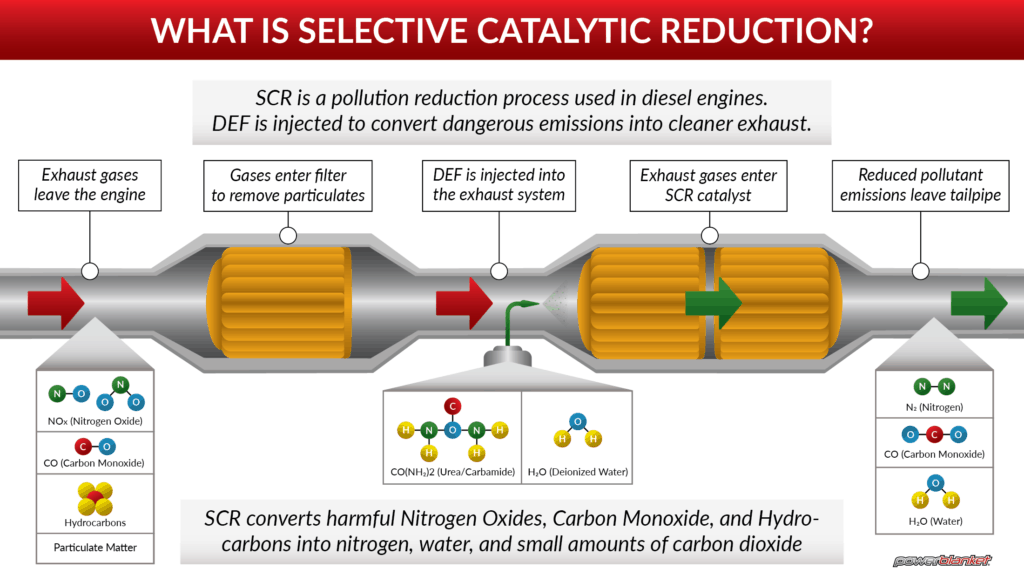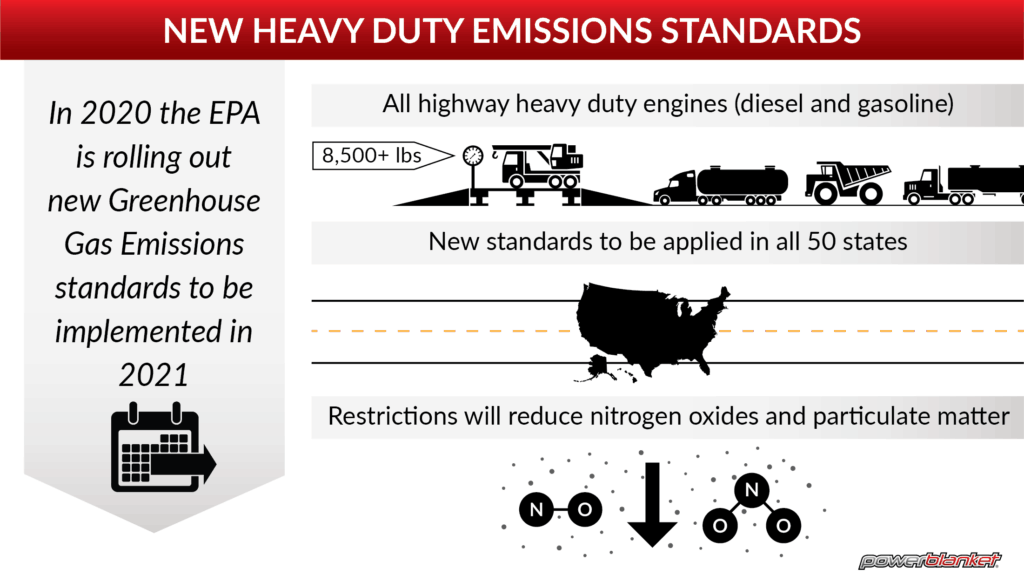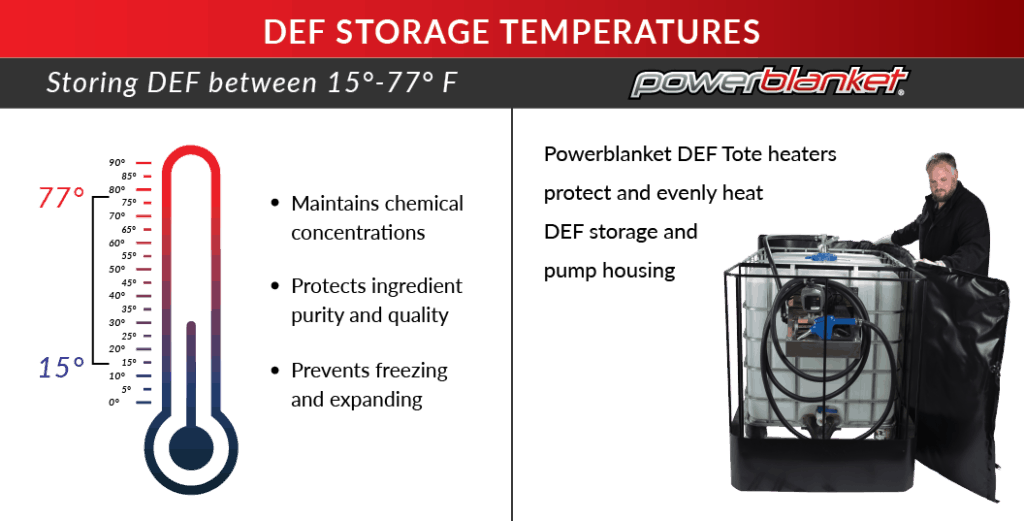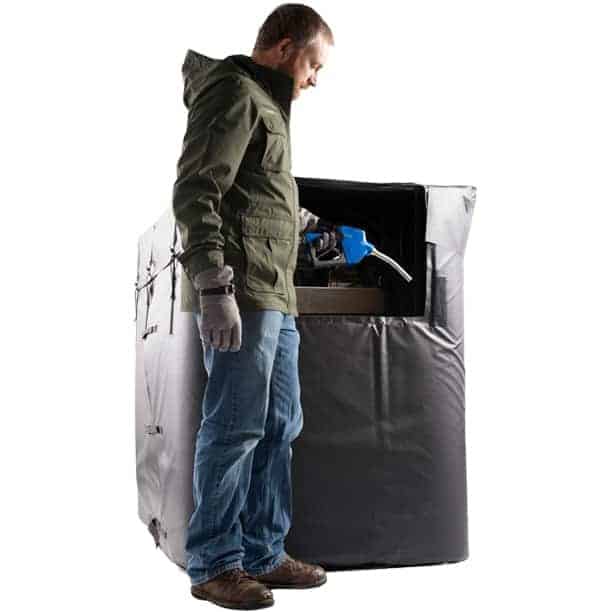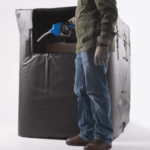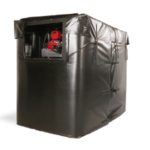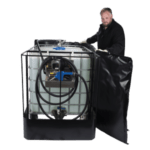What is Selective Catalytic Reduction?
Selective Catalytic Reduction (SCR) is a chemical process that reduces the pollution produced by diesel engines. Specifically, SCR turns harmful nitrogen oxide (NOx) pollution into nitrogen and water. NOx is produced during combustion and greatly contributes to the formation of smog and acid rain. According to the Environmetal Protection Agency EPA “theoretically, SCR systems can be designed for NOx removal efficiencies up close to 100 percent.”
In an SCR system, ammonia is injected and sprayed into the exhaust stream before it leaves the tailpipe. SCR can be installed in a number of different locations in the exhaust system depending upon the needs of the vehicle. The injected ammonia acts as a catalyst triggering the chemical reaction necessary to turn NOx into nitrogen and water. In mobile vehicles, the ammonia solution used is called Diesel Exhaust Fluid (DEF). We will take a closer look at DEF in a minute, but first…a little history lesson.
Keep your diesel operations running smoothly all winter long with Powerblanket’s custom DEF heating solutions. No more worrying about frozen lines or disrupted operations – our solutions will keep your DEF flowing even in frigid temperatures. Invest now for hassle-free winters ahead.
History of SCR
SCR technology was first patented in 1957 and was widely used for decades in coal-fired power plants and other stationary industrial facilities that use combustion. SCR first became a mobile technology in 2004, and was integrated into mobile diesel engines. After Japan introduced stricter vehicle emissions standards, Nissan began using SCR on its diesel vehicles.
It took time for SCR to overtake previous emission technology, and for DEF to be distributed and available for diesel vehicles nationwide. SCR is now the technology of choice for auto-manufacturers as they seek to comply with stricter emissions regulations. Since 2010, all medium and heavy duty diesel vehicles are equipped with SCR systems (with the exception of 1 truck manufacturer that introduced it in 2013).
What is DEF?
Diesel Exhaust Fluid is the key component of selective catalytic reduction. DEF is an aqueous solution of deionized water and synthetic urea or ammonia. It is injected into the exhaust before it even leaves the tailpipe. DEF has no effect on fuel economy or engine performance, because it is only dispersed into the exhaust system.
Heavy Duty diesel vehicles manufactured after 2010 are equipped with a DEF tank that is separate from the Diesel tank. DEF tanks typically have a blue cap to help drivers differentiate between the 2 tanks.
It is dispersed in measured doses so there is a stable ratio between DEF and diesel fuel. Medium and heavy-duty trucks operate at a dosing rate of 2-3%.
The EPA now requires vehicle manufacturers to build in a system of alerts to notify drivers of low DEF levels. When levels get too low, diesel engines will go into limp mode and have limited performance until the tank gets refilled.
Environmental Restrictions
In the United States, the EPA has been rolling out a multi-phase greenhouse gas emissions plan. Here in 2020, phase 2 specifications will be released soon and those restrictions will be implemented in 2021. The restrictions will apply to NOx and particulate matter levels.
How to Care for DEF
Since ammonia is the critical component of SCR, many companies store large quantities of DEF so they can keep their operations running.
Storage
DEF is non-toxic and is the safest vehicle fluid out there. It can however be corrosive for some metals like steel, aluminum, copper, and zinc. Because of this, DEF is typically stored in poly or plastic containers. It can safely be stored for up to 2 years if it remains out of direct sunlight. To prevent evaporation, it also must be stored in a capped and sealed container.
Freeze Protection
The ideal storage temperatures for DEF is between 15° and 77° F. At 12° F, it will begin to freeze and crystallize. Many fleets and transportation companies store their DEF in mobile IBC totes, drums or large holding tanks outside on their fuel islands. During colder temperatures, it is critical to find an effective storage and heating solution for DEF.
Powerblanket DEF solutions
DEF Tote Heaters
Take the hassle out of heating and protecting your DEF storage. Powerblanket DEF tote heaters fully encase the entire tote system with heavy duty weatherproof insulation and a rugged vinyl shell. Even, consistent heat eliminates hot and cold spots and prevents freezing in temperatures as low as -20° F. In addition, our DEF tote heaters contain a built in top flap so you can easily access your pump housing without compromising your tote’s freeze protection. Contact us today to find the perfect DEF solutions for your needs at (844) 627-2588 or [email protected]
Custom Heating Solutions
If your diesel operation is large enough that you need custom heating solutions, Powerblanket’s custom heating solutions can be tailored to fit just about any application. If you can build it, produce it, or store it, then Powerblanket can heat it. What’s more, we are proud to offer the fastest turnaround for custom orders on the market. With custom quotes available in 1-3 days and orders shipped in 1-3 weeks, you can be sure to stay well ahead of mother nature. Let Powerblanket grant you peace of mind and protect your DEF all winter long.
Powerblanket's custom tank heaters provide freeze protection, making your business more sustainable and efficient.


